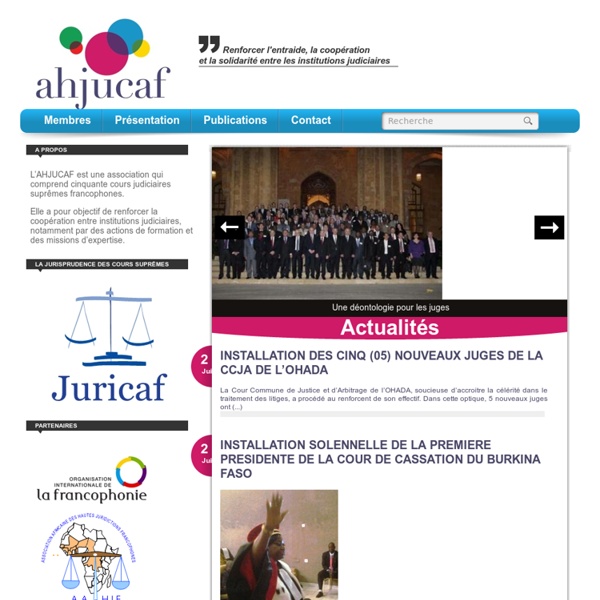



Droit Constitutionnel : ServiceDoc Info Juvenile Justice History - Center on Juvenile and Criminal Justice This is an introduction to Juvenile Justice in America. Since the 1990s, youth crime rates have plummeted. These falling crime rates have led many jurisdictions to rethink the punitive juvenile justice practices that became popular in the 1980s and 1990s. Today, states are instituting major systemic reforms designed to reduce institutional confinement, close old 19th century era reform schools, and expand community-based interventions. Houses of Refuge In the late 18th and early 19th century, courts punished and confined youth in jails and penitentiaries. In response, pioneering penal reformers Thomas Eddy and John Griscom, organized the Society for the Prevention of Pauperism, to oppose housing youth in adult jails and prisons and urge the creation of a new type of institution. The New York House of Refuge became the first movement in what was to later become the juvenile justice system. Reform, Training or Industrial Schools Preston School of Industry (est. 1894) Juvenile Court
1999 National Report Series, Juvenile Justice Bulletin Early in U.S. history, children who broke the law were treated the same as adult criminals Throughout the late 18th century, "infants" below the age of reason (traditionally age 7) were presumed to be incapable of criminal intent and were, therefore, exempt from prosecution and punishment. Children as young as 7, however, could stand trial in criminal court for offenses committed and, if found guilty, could be sentenced to prison or even to death. The 19th-century movement that led to the establishment of the juvenile court in the U.S. had its roots in 16th-century European educational reform movements. These earlier reform movements changed the perception of children from one of miniature adults to one of persons with less than fully developed moral and cognitive capacities. As early as 1825, the Society for the Prevention of Juvenile Delinquency was advocating the separation of juvenile and adult offenders. Juvenile courts flourished for the first half of the 20th century
Conciliation Resources-CR We work with individuals, organisations and governments both in regions of conflict and globally to: Promote understanding of peaceful ways to resolve conflicts People living with conflicts can benefit from seeing old problems from new perspectives and from opportunities to gain new ideas for their resolution. We work with our partners to produce films, write publications and articles, and organise awareness-raising and dialogue events. Create opportunities for dialogue between divided communities There are often few opportunities for those on either side of a divide, or those from different regions affected by the same conflict, to come together and discuss their past, present and future. Strengthen peacebuilding policies and practice Support people to build peace Collaborative partnerships are at the heart of the way we work.
Public Justice Center DIRECTOR, LIVINGSTON ARMYTAGE :: CJS - Centre for Judicial Studies Dr. Livingston Armytage, Director of the Centre for Judicial Studies, has more than 35 years of experience in consulting, directing programs of judicial education and legal training, practicing law, and managing a substantial law firm. Recent projects include directing national reform programs for multilateral development agencies, needs assessments, strategic planning, course design, training, organizational performance reviews, and evaluations. He is also an adjunct professor of Law at the University of Sydney, and convener of "Law, Justice and Development". In early 2012, Dr. Qualifications Experience International & National Conferences Presentations/Workshops
Giacomo Oberto's Home Page Centro per la Prevenzione e Risoluzione dei Conflitti